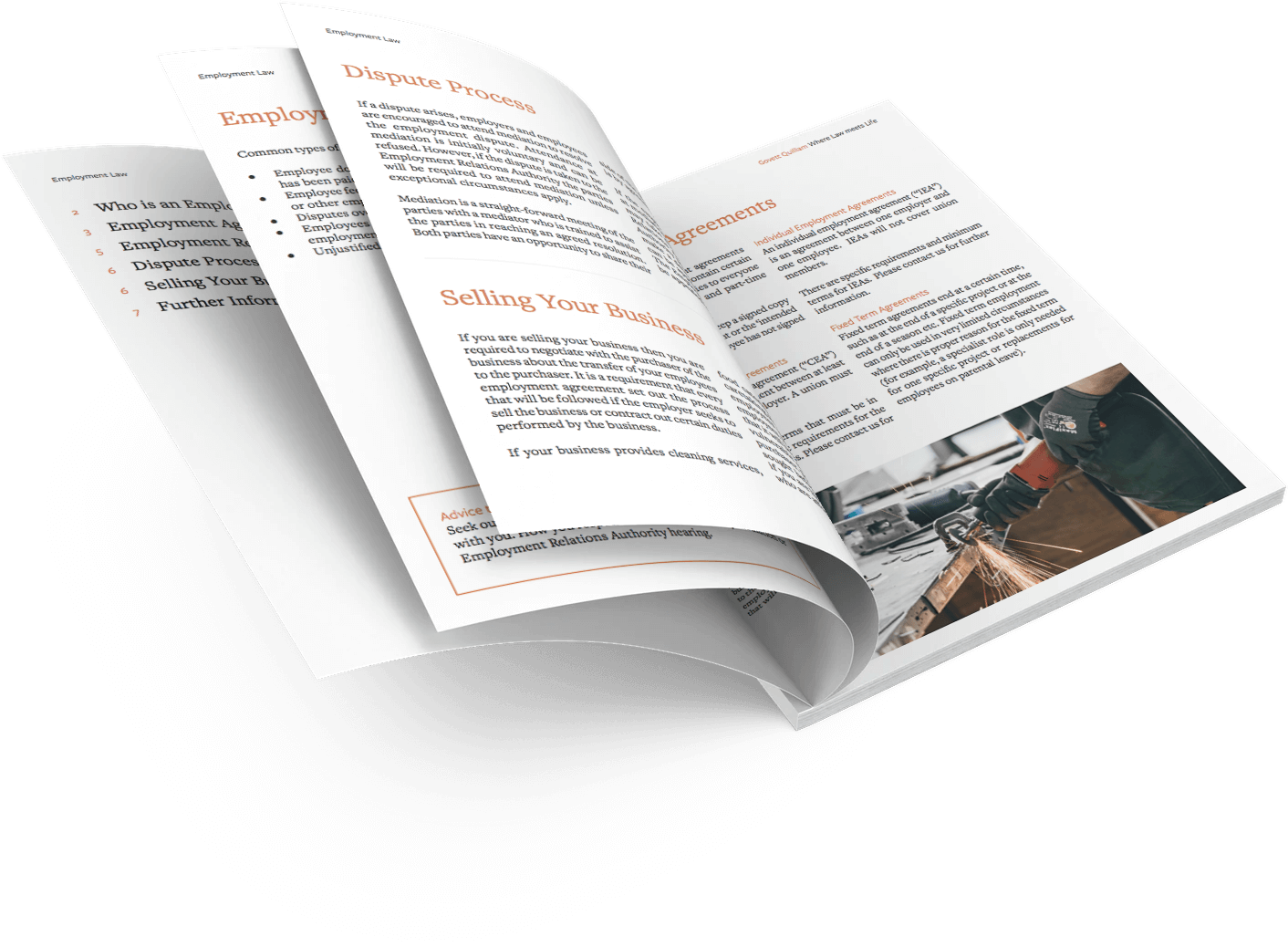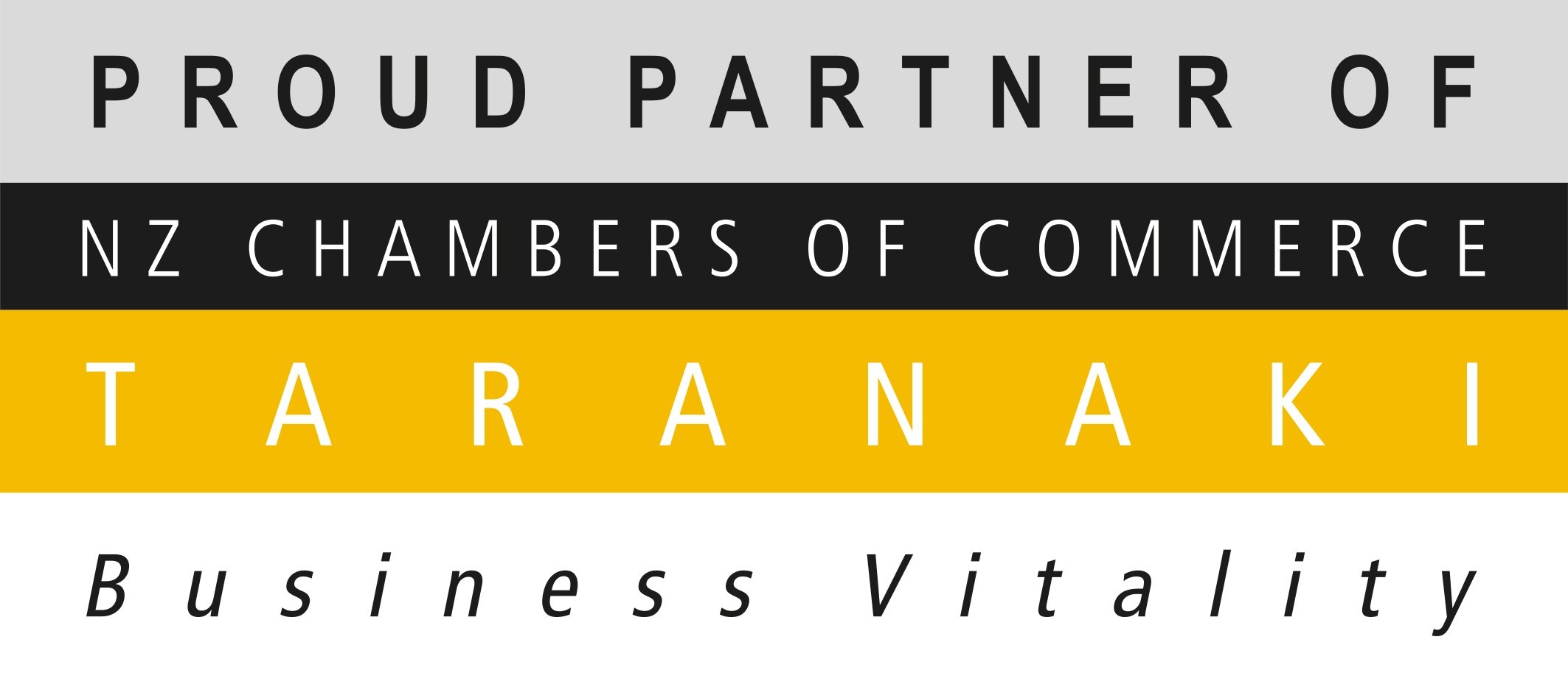
While the employee in question did lose his job, his advice to anyone in the same situation, was: “I definitely recommend Joe [the clown] – he’s one of the best around”.
While if, in this case, the intention was to make light of an otherwise difficult situation or emphasise the absurdity of the employee’s plight, there are valid reasons for both employees and employers to not only take the possibility of redundancy seriously, but to engage in the process in such a way that it appropriately focuses the attention on the employer to make the appropriate decision.
A redundancy, or restructure occurs where an employer considers they may have to change their staffing requirements because of genuine business reasons. This might occur, for example, where:
- you no longer require as many employees;
- the position being filled by an employee is no longer required;
- you are selling, transferring or outsourcing all or part of the business.
Again, the business related reasons for a redundancy need to be genuine, such that an employer cannot use this process as an alternative to performance manage a poor performing employee. From an employer’s perspective, if there are genuine business reasons for commencing a redundancy/restructuring, then a fair process needs to be followed which, in brief, will include:
- consultation with employees about the restructuring proposal;
- allowing employees appropriate time to give their feedback about the restructuring proposal;
- genuinely considering the employee’s feedback;
- confirming the outcome.
It is important that throughout the process the employer acts in a fair and reasonable manner and in accordance with the relevant employment agreement(s).
What should never be underestimated in conducting such a process is the impact this will have on an employee, who faces the prospect of losing their job. The risk to an employer is that if either the business reasons for the restructuring in the first place are not genuine, or that a fair process has not been followed, or both, they leave themselves open to the employee raising a personal grievance.
For an employee, having a suitable support person to assist them through the process will be a significant consideration.
If the object of the exercise is to take the heat out of an otherwise fraught set of conversations, then having someone in the room making balloon animals might help everyone involved feel at ease. For the vast majority of people, however, the support person can play a much more significant role.
Legally, employees are entitled to a representative of their choice at any discussions they may have about their employment. This may be a family member, a union representative or indeed an employment lawyer. Whatever you choose to do, it is recommended that you seek professional advice throughout the process.
The support person also effectively acts as a second pair of ears and eyes. If there are specific concerns around the genuineness of the decision to restructure or the procedure is in some way flawed, a support person can ensure that the employee’s position is properly represented. They can also ensure that any meetings conducted through the process are appropriate and properly recorded.
Appropriate support can also be beneficial to all parties involved in the process and can ensure, from the employer’s perspective, that the employee’s interests have been properly put forward and that the process followed is rigorous.
Few people would consider a restructuring proposal worthy of having light-hearted entertainment on the side-lines. For the vast majority of employees and employers finding themselves in such a situation, ensuring that there is integrity to both the decision-making and the procedural aspects including having appropriate representation, gives the greatest likelihood that the correct decision will be reached at the end.
For more information about this article feel free to contact Troy Wano or our Employment and H&S Team (06 768-3721)






.png)

